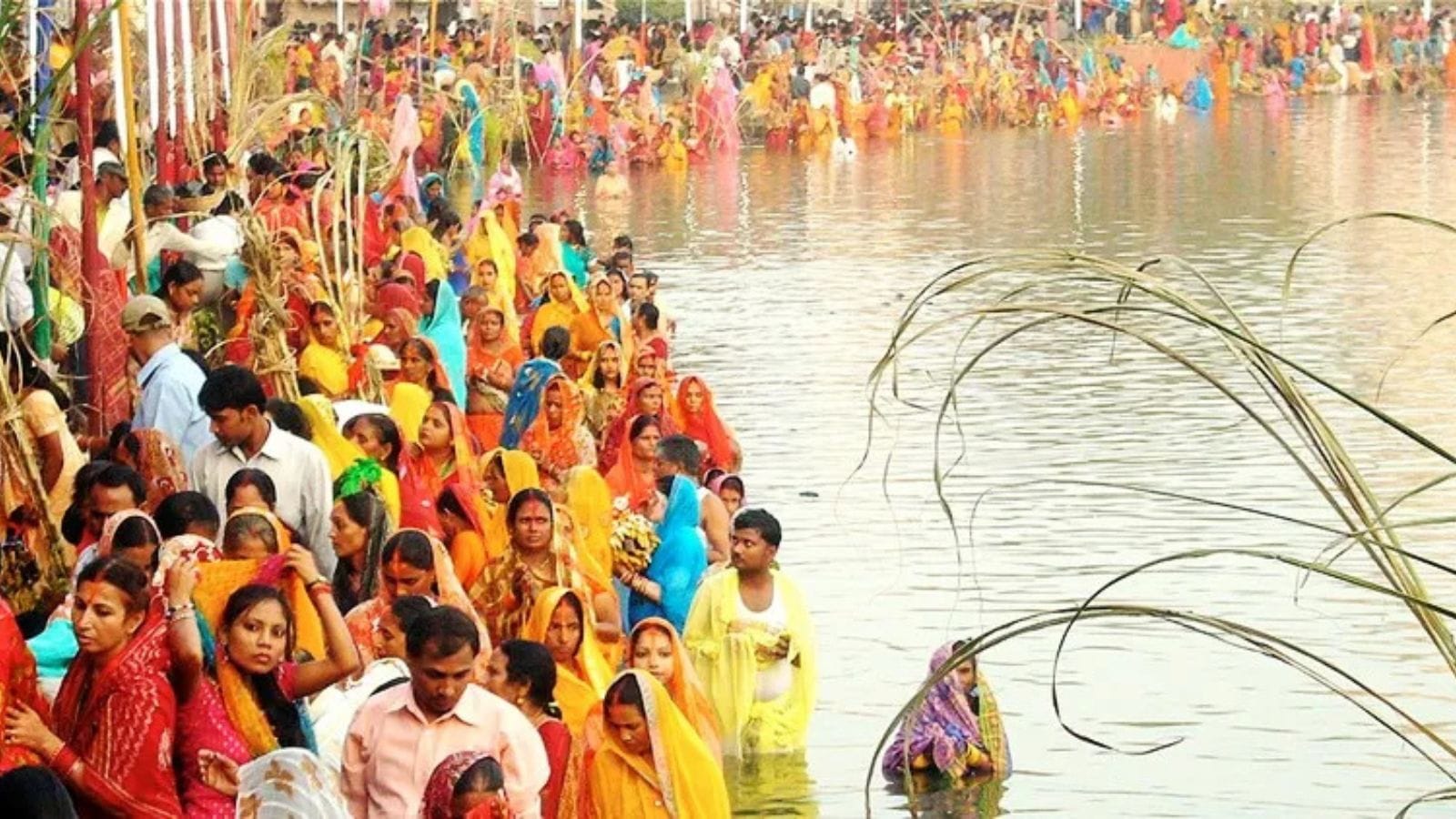Home / Environment / Experts Urge Shift from Reactive to Proactive Measures to Clean India's Rivers
Experts Urge Shift from Reactive to Proactive Measures to Clean India's Rivers
27 Oct
Summary
- Cleaning rivers is possible, but preventing pollution is key
- India's approach of building treatment plants has failed to solve the problem
- Lack of comprehensive sewerage systems and separation of waste streams is the root cause

As the Chhath Puja festival brings millions of devotees to the banks of the Yamuna River, the issue of river pollution once again takes center stage. Experts argue that the question should not be whether rivers can be cleaned, but how to stop polluting them in the first place.
While many countries have successfully restored and kept their rivers clean, India has struggled to achieve the same. The failure lies not in the lack of capacity, but in the approach. India has focused on building sewage treatment plants (STPs) and intercepting drains, but this has proven ineffective. The real problem is the lack of comprehensive sewerage systems and the separation of waste streams.
In developed countries, sewage is collected through a closed network of pipes and treated at STPs before being discharged. However, in India, a large percentage of households are not connected to the sewer network, and their sewage either flows directly into drains or into septic tanks, eventually reaching the rivers. Additionally, the mixing of sewage, rainwater, and industrial waste makes it difficult for STPs to function efficiently.
Advertisement
Experts emphasize that the solution lies in following the basic principles that have worked elsewhere: investing in comprehensive, scientific, and accountable sewerage systems. While this approach may be costly, it is necessary to protect the environment and public health. The Yamuna and other polluted rivers in India can indeed be cleaned, but only if the focus shifts from reactive measures to proactive prevention of pollution.




